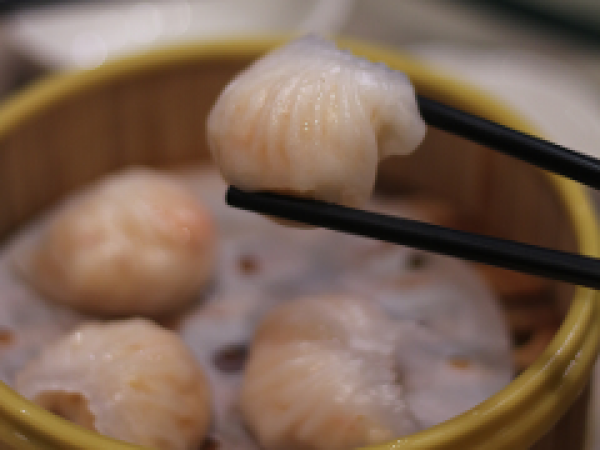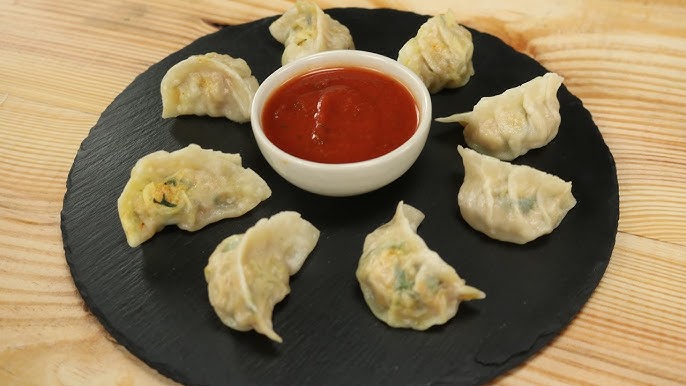Alright, so the other day I got this itch. You know, to actually try making dim sum from scratch. And not just make it, but I figured I’d try to explain the whole darn process in Hindi as I went along, just to see if I could. Sounded like a bit of a laugh, and a challenge too.

Getting Started – The Prep Work
First things first, I had to get all my bits and pieces together. For the dough, it was nothing fancy, just your regular all-purpose flour – what we call maida in Hindi. Then a pinch of salt, or namak, and some warm water, garam paani. Simple enough.
For the filling, I decided on minced chicken. You could go with veggies, or even paneer, whatever you fancy. I grabbed some ginger (adrak), garlic (lahsun), a couple of onions (pyaaz), and some fresh coriander (hara dhaniya). And of course, soy sauce and a bit of vinegar. I was already mentally translating these as I pulled them out of the pantry. It was like a little game.
Making the Dough – The Foundation
Okay, so I tipped the flour into a bowl, added the salt. Then, slowly, I started adding the warm water. Didn’t want to dump it all in at once and make a soupy mess. I mixed it with my hands, then got it onto the counter and started kneading. For a good 5, maybe 7 minutes, I pushed and folded that dough. You want it smooth, you know? Not sticky, but not dry either. Once it felt right, I popped it back in the bowl, covered it with a damp cloth, and just let it sit. Gave it about half an hour to rest – that aaraam, or rest, is pretty important. It makes the dough easier to work with later.
Whipping Up the Filling
While the dough was having its little nap, I got cracking on the filling. I put the minced chicken in another bowl. Then I finely chopped the ginger, garlic, and onions. Threw them in with the chicken. Chopped up the coriander too and added that. Then a good splash of soy sauce, a tiny bit of vinegar – not too much – and some salt and pepper. I gave it all a really good mix with my hands. Felt like I was actually explaining it in Hindi to someone, saying things like, “Ab is mein adrak, lahsun daalo” (Now add ginger, garlic to this). Felt a bit odd talking to myself, but hey, it was part of the plan.
Assembling the Little Parcels
This is where things can get a bit fiddly. I took the rested dough, punched it down a bit, and then rolled it out as thin as I could get it without tearing. Then I used a small round cutter – a glass rim would work too – to cut out little circles. Probably about 3 inches across.

Then, I took each circle, put a small spoonful of the chicken filling right in the middle. Not too much, or you can’t seal them. And then the folding. Ah, the folding. I tried to make those little pleats you see on proper dim sum. Some looked okay. Others looked like… well, let’s just say they had their own unique style. The main thing was to make sure they were sealed up tight so the good stuff wouldn’t escape during cooking. I was thinking, how do you say ‘pleat’ in Hindi? Maybe “chunnat banana” (to make pleats).
Steaming Them to Perfection
Once I had a decent batch of these little guys assembled, it was time to cook ’em. I don’t have one of those fancy bamboo steamers. Just a regular pot with a steamer basket insert. I lined the basket with a few cabbage leaves – a good trick to stop the dim sum from sticking. Then I carefully placed the dim sum on the leaves, making sure they weren’t all squished together. Put the lid on, got the water boiling underneath, and let them steam for about 10 to 12 minutes. You can tell they’re done when the wrappers get a bit see-through and shiny.
The Moment of Truth – And a Bit of Reflection
And that was that! Pulled them out, and they actually looked like dim sum! My very own homemade dim sum, with a side of internal Hindi commentary. They weren’t perfect, mind you. Some were a bit lopsided. But who cares when they’re homemade, right?
The taste? Pretty darn good, if I do say so myself. The filling was juicy, and the wrappers were nice and tender. The whole exercise of trying to narrate it in Hindi was an eye-opener. Made me realize how many little cooking terms we take for granted. It was a fun little project, and I got a tasty meal out of it. Definitely something I’d try again, maybe with a different filling next time. And I’ll keep practicing my Hindi cooking vocabulary!
